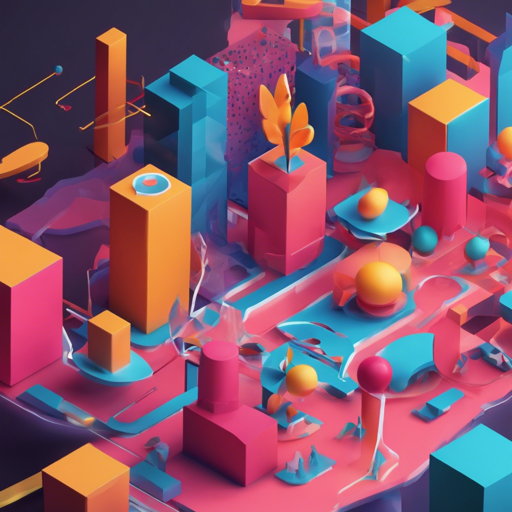If you’ve ever dreamt of creating stunning 3D graphics directly in your web applications using Vue.js, you’re in the right place! With Vue.js and three.js, you can harness the power of the VueGL library to render 3D graphics that are not only compelling but also reactive.
Getting Started with VueGL
Step 1: Load the Required Scripts
The first step in using VueGL is to load the necessary scripts for Vue and Three.js. You can include the following script tags in your HTML:
<!-- Load scripts -->
<script src="https://unpkg.com/vue"></script>
<script src="https://unpkg.com/three"></script>
<script src="https://unpkg.com/vue-gl"></script>
Step 2: Define the Canvas and Objects
Next, you need to define a canvas area where the 3D graphics will be rendered, along with the objects you want to display. Below is an example structure:
<!-- Define canvas and objects -->
<vgl-renderer id="my-canvas">
<template #scene>
<vgl-scene>
<vgl-mesh>
<template #geometry>
<vgl-sphere-geometry></vgl-sphere-geometry>
</template>
<template #material>
<vgl-mesh-basic-material></vgl-mesh-basic-material>
</template>
</vgl-mesh>
</vgl-scene>
</template>
<template #camera>
<vgl-perspective-camera position="spherical" :position-radius="5"></vgl-perspective-camera>
</template>
</vgl-renderer>
In this code snippet, we’re creating a simple 3D sphere that is rendered within our defined canvas. Think of this as setting up an art gallery—you’re establishing the walls (canvas) and placing the art (3D objects) where viewers (users) can enjoy them.
Step 3: Register Components and Start Vue
Now, it’s time to register the Vue components and initialize the Vue instance:
<script>
new Vue({
el: '#my-canvas',
components: VueGL
});
</script>
In our gallery analogy, this step is akin to turning on the lights to let the visitors appreciate the art pieces you just arranged.
Available Components
The VueGL library comes with numerous components that you can utilize. Simply visit the components reference for a list of core components and check out the example components reference for additional options.
Troubleshooting Your Setup
- Issue: 3D objects are not appearing on the canvas.
- Solution: Double-check that you’ve defined your objects correctly within the <vgl-scene> tag and that Vue is correctly configured.
- Issue: Error messages in the console.
- Solution: Ensure that the Vue and Three.js scripts are loaded before your Vue application runs, and that there are no typos in your component names.
For more insights, updates, or to collaborate on AI development projects, stay connected with fxis.ai.
Conclusion
At fxis.ai, we believe that such advancements are crucial for the future of AI, as they enable more comprehensive and effective solutions. Our team is continually exploring new methodologies to push the envelope in artificial intelligence, ensuring that our clients benefit from the latest technological innovations.

